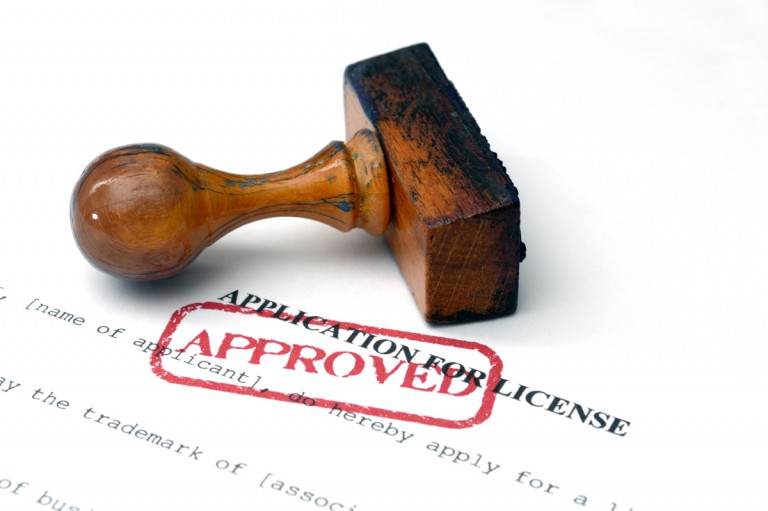The Business Plan Has Two Main Purposes
Throughout this site, you’ll see me mention the importance of having a business plan time and time again. Why? Because the business plan has two main purposes: to provide a roadmap for your company, and if necessary help you obtain the funding you need to get started or expand your business.

Keep in mind, a formal business plan is more than a few notes jotted down here and there. A business plan has several key components you’ll want to address. LivePlan has an easy to use wizard-like program that’ll walk you through each part. However, if you feel ready to tackle it on your own, I encourage you to address each component thoroughly.
Executive Summary
Though the executive summary is the first section of the business plan, I encourage my clients to complete this section last. The executive summary is a short and concise piece that gives an overview of your company. By the time you complete the rest of the business plan, you should be able to articulate your company’s products and/or services, mission, values, purpose and goals.
Company Description
Your company description provides core information about your business and its products and/or services. Here, you’ll identify your business’s legal structure. That is, whether you’ll operating as a sole proprietor, limited liability company, corporation, or other entity. You’ll also want to provide background information about your company, as well as your business short- and long-term goals. This is the section where you have an opportunity to connect with the readers of your business plan on a personal level by sharing the heart of your business.
 Products/Services
Products/Services
By the time you reach this section, you’ve already talked a bit about your products and/or services. Provide a detailed description of your company’s offering. This is a wonderful opportunity to talk about how your product and/or service is the solution to a particular problem. You’ll want to consider the life cycle of your product and future plans you might have for introducing other products or services. If your products or services deal with intellectual properties, this is the place to identify it, as well as any reach and development activities.
Market Analysis

Marketing Strategy
Once you understand your market, you’ll be better equip to implement a marketing strategy. Consider how you’ll reach your customers and penetrate the market. For example, what type of distribution channels will you use? If you have a brick and mortar store, what hours will you keep and what staff will you need to keep those hours. Exactly how will to compete against other businesses, particularly those businesses already established in your industry. Often times, building your customer base is about differentiation. I caution my clients about using price as a way to stand out from the competition, as there’s always someone who can offer a product for cheaper. Take time to consider why your customers should shop with you rather than the competition.
Organization & Management
Running a business isn’t a one size fits all, so it’s important to understand how your business will operate. In this section you’ll introduce the owners, as well as their duties and responsibilities. Be sure to include background information about the owners, such as their skill sets, past experiences, and what they bring to the business. You’ll also want to identify the percentage of ownership.
Financial Projections
Though many of my clients cringe at the idea of working with numbers, working through financials is one of my favorite business activities. Here you’ll include historical data, if you already have an established business. You’ll develop balance sheets, cash flow statements, and pretty much project your financial plan out 3 to 5 years. As part of the projections, you’ll want to identify funding sources for your business project and any assumptions you had when developing your financials.
Final thoughts

With that, be smart about starting a business… invest some time into a business plan!
If you’re struggling to write a business plan and don’t know where to get started, I encourage you to read my review on LivePlan, as it might provide you an easy start.
So… tell me… what type of company is your dream business to start?

 Products/Services
Products/Services





Hi. You found me out. Yes, my business plan is definitely tangled up somewhere in my brain. It is hard to find the time to sit down and analyse everything about a business you want to start. I guess, by doing some research, particularly in market strategy area you will know if your business idea is a good one or not.
Writing a business plan can be an overwhelming process. Like you said, it’s hard to find the time to deal with it. However, it doesn’t have to be done in one day. When my clients talk about it being too big of a project, I encourage them to set goals. They might say for the first week I’m going to focus on my missions and values. The next week might be determine the problem and solution. It’s a step-by-step process that doesn’t have to accomplished overnight.
I wanted to take just a minute to say thanks. Not for me really, but for a good friend of mine to whom I am sending your link.
He has been asking me for ideas on his new business. I asked him about his business plan. All I heard was silence. The idea of creating one is nearly paralyzing.
While I probably couldn’t do it either, I know he needs a map, a plan of how he will get to where he wants to go.
As you said, a business plan is so so important. Thanks, I’m glad I found you. Sincerely, Robert
Hey Renee,
I love your site. As someone who wrote business plans for a living, I totally agree with the fact the the plan has two purposes.
It’s interesting how many entrepreneurs who think that the business plan is only a tool you use to get funding.
Great job and Keep it up
Thanks for stopping by, Dan! You’re right about entrepreneurs often using it just to get funding. I try to impress on my clients that the business plan is more for them than anything else. Often times, a bank doesn’t ask for a business plan. They want to see the numbers that show the project will be fruitful. Really, I see the business plan as more of a roadmap for the borrower… to get them thinking about the direction of their business instead of just winging it.